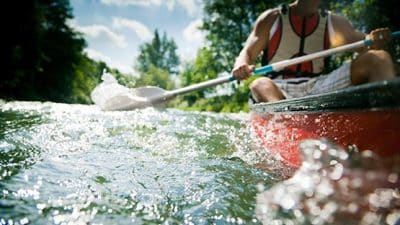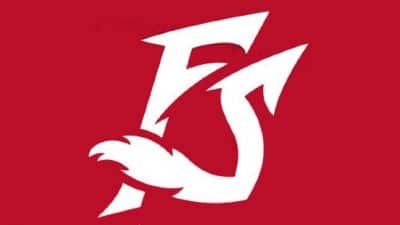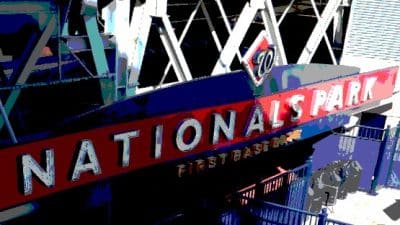
Dear EarthTalk: What is a “pollinator lawn” and how can I make one in my backyard?
– Jane W., Westbrook, CT
Bees and other pollinators are essential for growing a great deal of nature’s finest foods. These include coffee, chocolate, beans, many fruits including apples, avocados, blueberries, cherries and peaches, nuts like almonds and cashews, and vegetables such as cauliflower, broccoli and Brussel’s sprouts, just to name a few. More than 100 U.S.-grown crops rely on pollinators. Small birds and animals also depend on a variety of pollinated wild fruits and seeds to survive.
Unfortunately, the populations of bees and other pollinators, including hummingbirds, butterflies, moths and flies, have been drastically declining due in part to exposure to insecticides, but also to loss of natural habitat including grasslands, meadows and woodlands lost to human development.
Turning your own lawn into a pollinator or “bee” lawn can help restore the kinds of natural habitat no longer available to pollinators. Typical manicured lawns, which require a great deal of water, gas for mowing and weed-killer, are also a virtual desert environment for bees and other pollinators. In contrast, “bee” lawns consist of a mix of grasses and shorter flowers that can provide vital nutrition to pollinators. Fine fescues grass, for example, has thin blades that give flowers the best chance to grow, and shorter perennial flowers such as Dutch White Clover, Creeping Thyme and Self-Heal cater to a variety of bees with diverse pollen and nectar needs. Dutch White Clover flowers also take nitrogen from the air and add it back into soil, reducing the need for fertilizer. It’s recommended that bee lawns be kept at least three inches tall to provide a shaded, moist environment for flowers to bloom and seeds to form.
Furthermore, incorporating a very simple bee water garden into a bee lawn can provide pollinators with a shallow water source that can be otherwise difficult to find. Because bees are small and can easily drown, bee water gardens consist of wide, shallow bowls of water that have rocks rising above the water surface for bees to stand on. And for anyone worried about being stung on their bee lawn, it’s good to know that wild bees do not sting when foraging for flower nectar or pollen—in fact, you can safely get within inches of bees visiting flowers and not get stung. People usually tend to get stung only when bees are harassed at their nest, stepped on or entangled in pieces of clothing.
Thankfully, the importance of bee lawns has been gaining momentum, so much so that, in 2019 Minnesota launched the $900,000 Lawns to Legumes project to help homeowners across the state make their lawns bee-friendly. The program particularly emphasizes hope for providing protection for the at-risk rusty patched bumblebee, Minnesota’s state bee. At one time abundant, the rusty patched bumblebee has suffered an 87 percent decline in population in the last 20 years and was formally listed as federally endangered in March 2017, marking the first bee in the continental U.S. to make the endangered species list.
CONTACTS: “Why Planting a Bee Garden Is Good for Pollinators, Good for the Planet, and Good for You!” medium.com/climate-conscious/why-planting-a-bee-garden-is-good-for-pollinators-good-for-the-planet-and-good-for-you-100de8a228e2; Lawns to Legumes, http://bwsr.state.mn.us/l2l; Bee-Friendly Gardening, pugetsoundbees.org/bee-friendly-gardening/.
EarthTalk® is produced by Roddy Scheer & Doug Moss for the 501(c)3 nonprofit EarthTalk. See more at emagazine.com. To donate, visit earthtalk.org. Send questions to: [email protected].









